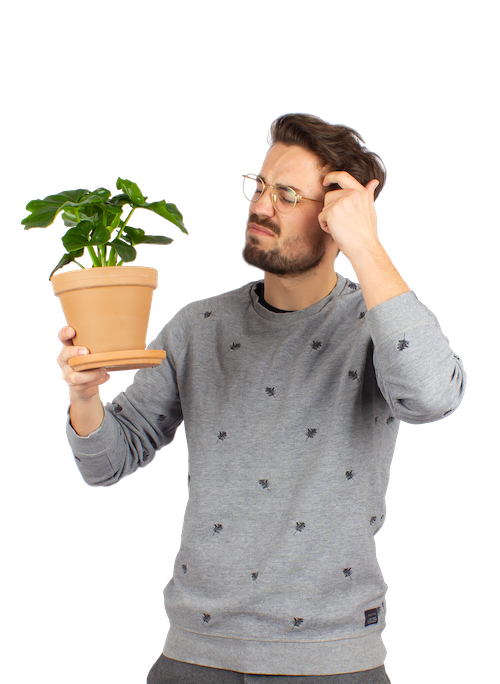Without a doubt, one of the most useful properties that plants have is the ability to produce oxygen. Among other things, it has ensured that humans can live on this planet, so they definitely deserve a big thank you every now and then. But for those who don’t remember all the details from your high school science classes, you may be wondering how exactly plants are able to produce oxygen. The process is actually fairly simple and consists of only two steps:
1. Energy production by photosynthesis
The first and most famous step in a plant's nutritional process is converting sunlight into energy. This is called photosynthesis. Special cells called photosynthetic pigments are found in a plant’s leaves and turn light energy into chemical energy. This chemical energy is then used to convert carbon dioxide (CO2) and water (H2O) into sugars such as glucose. Meanwhile, oxygen (O2) is released as waste. Funny enough, the oxygen does not come from carbon dioxide but from the water molecules. So plants don't actually convert CO2 into oxygen at all as is often claimed.

2. Energy consumption by cellular respiration
At night, because there is no sunlight, plants use the sugars they produced during the day for energy by converting them back into carbon dioxide (CO2) and water (H2O). Interestingly, this process also uses oxygen in the same way as humans use oxygen for breathing. Fortunately, photosynthesis also uses CO2 and produces 10 times more oxygen, so plants create much more oxygen than they use. And that's a good thing.
So how many plants are needed to survive in a space station?
An interesting question. Luckily, some scientists were curious about this too and they conducted a series of tests to find out how many plants are needed for one person in a space station. They found that quite a few factors are involved. For example, plants produce less oxygen as the CO2 level increases, the amount of oxygen production can differ depending on the plant’s life stage, and temperature also plays a role. But after many tests, they were able to come up with an answer: at least 700 plants are required to keep one person alive! Well, no one said it was going to be practical. (source: Medium)
Did you know that some houseplants can also purify the air? Read more about them in our blog: “The 5 Best Air Purifying Houseplants for Your Home”.





